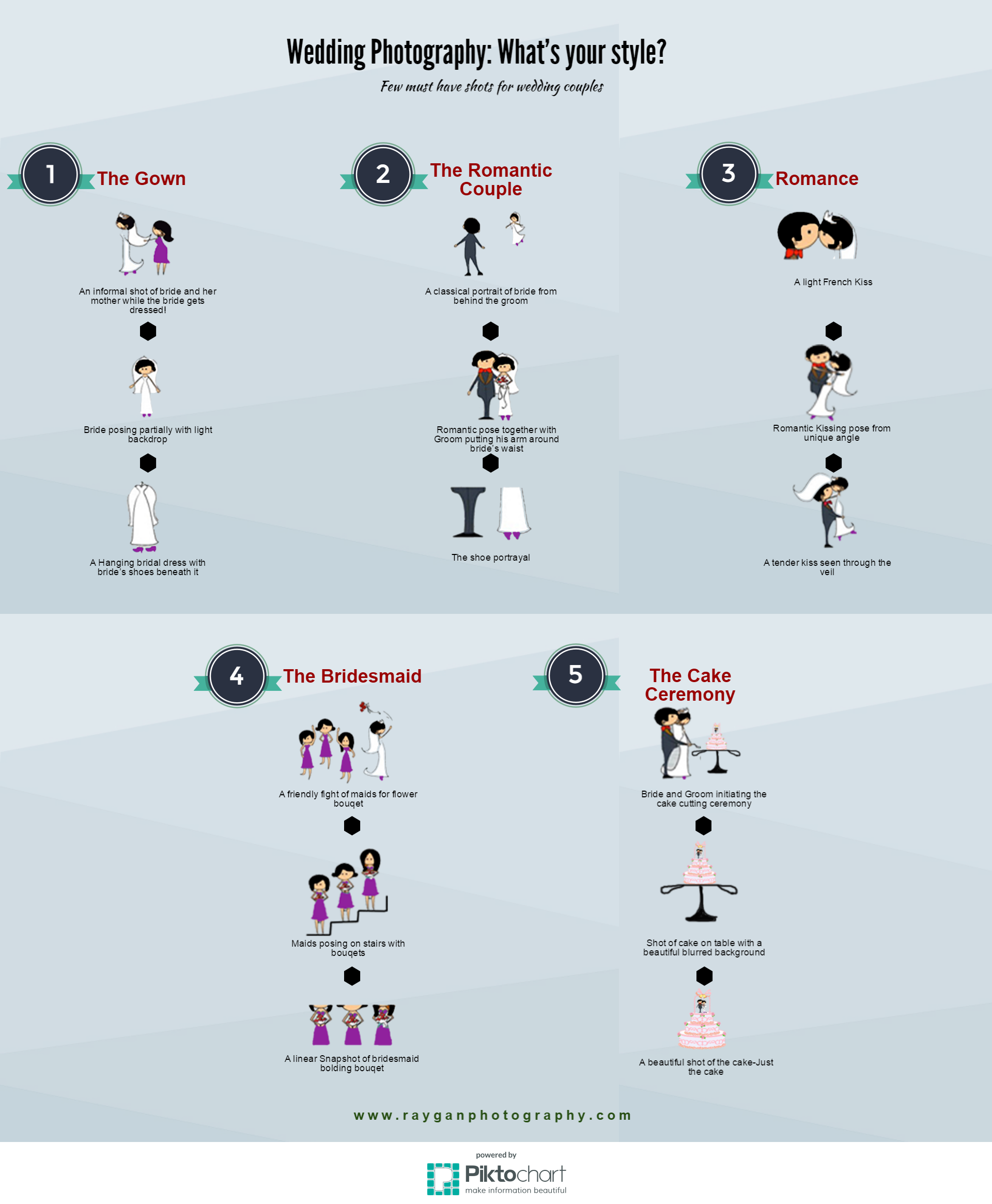What Every Photographer Needs To Understand About Lights
What Every Photographer Needs To Understand About Lights
Blog Article
Web Content By-From Olsson
As a digital photographer, you recognize that illumination can make or break your photos. Comprehending the subtleties of both all-natural and fabricated light is important for capturing the mood and clearness you aim for in your work. Whether you're chasing the ideal golden hour radiance or adjust your artificial arrangements, mastering these elements can elevate your photography significantly. However there prevail pitfalls that numerous ignore, and recognizing them can change your approach to every shoot. Let's discover what you may be missing and how it can impact your results.
Recognizing Natural Light
Recognizing all-natural light is important for any kind of digital photographer aiming to improve their work. It's the foundation of great photography, affecting mood, tone, and clarity. When you fire outdoors, take note of the time of day. The golden hour-- shortly after sunrise and prior to sundown-- provides soft, cozy light that can transform average scenes right into sensational images.
Don't ignore the power of cloudy days. Cloud cover diffuses sunlight, developing a soft, even light that's excellent for pictures and macro photography. You'll locate colors appear this sort of lighting without rough shadows.
Positioning issues, as well. Constantly consider your subject's orientation to the light. If the sun's behind your topic, you may wind up with a silhouette, which can be remarkable but mightn't be what you desire. Conversely, straight sunlight can create uncomplimentary shadows.
Environmental photographer with angles; in some cases, changing your viewpoint can produce remarkable outcomes. Usage all-natural reflectors, like water or sand, to jump light onto your topic, adding dimension.
Learning Artificial Light
Mastering artificial light is vital for digital photographers that intend to take their abilities to the following degree. Whether you're using speedlights, studio strobes, or continuous lights, understanding exactly how to adjust these resources can drastically boost your photos.
Beginning by acquainting on your own with the fundamentals of light top quality, direction, and shade temperature level. https://zenwriting.net/joaquin0daina/just-how-to-pick-the-right-electronic-camera-for-your-digital-photography-needs with various modifiers like softboxes, umbrellas, or grids to manage the soft qualities or cruelty of the light.
You'll discover that soft light commonly develops lovely results, while harsher light can include drama and deepness. Do not avoid darkness; they can improve the three-dimensionality of your subjects.
Pay attention to the placement of your lights. A light located as well near your subject can develop unflattering results, while also far can lead to an absence of detail. Make use of a light meter or your cam's pie chart to ensure you're revealing correctly.
Last but not least, bear in mind that man-made light can be mixed with ambient light for creative impacts. Balancing these sources could take method, but once you understand it, your digital photography will really radiate.
Techniques for Different Situations
When you enter different shooting circumstances, adjusting your illumination methods is vital for catching the very best pictures. For outside pictures, make use of the gold hour-- early morning or late afternoon light-- to soften shadows and improve skin tones.
If it's a rough noontime sunlight, think about making use of a reflector to jump light back onto your subject or seek shaded areas for a more even exposure.
In low-light scenarios, like indoor events, increase your ISO and make use of a wide aperture to let in more light. A tripod can help remove camera shake, permitting longer exposures without blurring.
If you're shooting at night, explore off-camera flash to create dynamic illumination and depth in your images.
For product digital photography, use diffused lighting to stay clear of harsh reflections. Softboxes or light outdoors tents can aid attain this impact.
When photographing landscapes, think about the instructions of light and time of day, as it can drastically alter the state of mind of your shot.
Always prepare to change your settings and positioning based on the scenario, as versatility is crucial to mastering lighting in digital photography.
Final thought
Finally, grasping lights is essential to raising your digital photography abilities. Accept all-natural light's charm throughout golden hour, and do not avoid explore synthetic light methods. By adapting your technique to various circumstances, you'll record magnificent pictures that resonate with emotion and clearness. Remember, the ideal lighting can transform a regular shot into something amazing, so maintain exercising and refining your understanding of both all-natural and synthetic light. Pleased capturing!
